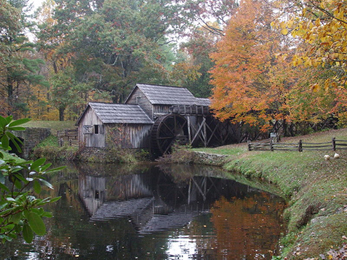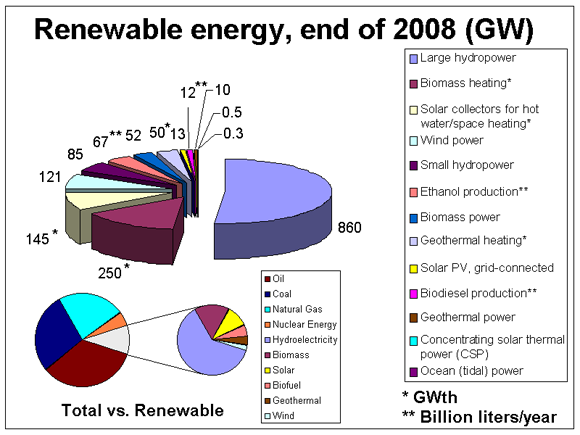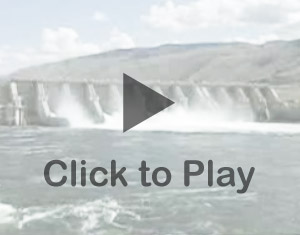Hydropower


For centuries, water mills, like Mabry’s Mill, have been used to grind grains into flour or to saw timber. Small water mills like this are in sharp contrast to modern hydropower stations. Hydropower or hydraulic power comes from the energy of moving or flowing water. Today, the world’s largest hydropower operation is the Three Gorges Dam on the Yangtze River in China. Click through the tabs to learn more about hydropower.
Hydroelectric Power Plants

Electricity is generated in a hydroelectric power plant. Notice that it has many of the same parts as a fossil fuel-burning electrical plant or a nuclear energy reactor. That is because many of the same concepts are at work here. A dam is built across a river to hold back water in a collection area, called a reservoir. The water is kept behind the intake opening, and so it is under pressure. When the intake is opened, water rushes through a tube, called the penstock. Energy from the moving water then turns the turbine blades. The spinning turbine makes magnets spin in the generator. Magnets spinning within a copper wire in the generator produce electricity. That electricity is then sent out from the power plant through various transmission lines. The water returns to the river through a device, called a spillway. Nothing is burned and no air pollution is given off.
View of a Hydroelectric Turbine

This diagram is an up-close view of a turbine and generator in a hydroelectric power plant. Again, you can see how water pushes on the blades of the turbine, which then spins and makes parts of the generator spin to produce electricity. Watch this video to see how this happens.
Click on the image above to watch Hydroelectic Power - How it Works
Worldwide Trends in Hydropower

Hydropower is the worldwide leading renewable energy source. The small pie chart in the bottom of the picture shows you all sources of worldwide energy. Fossil fuels account for a large percentage. The top pie chart shows you the main sources of renewable energy. Hydropower, in light blue, is the main source of renewable energy on a worldwide basis. In the U.S., hydroelectric power supplies about seven percent of our energy needs nationwide. But it supplies nearly 50 percent of the electricity used on the west coast, because of the high occurrence of suitable rivers.
In the U.S., we have created dams and reservoirs along about 98% of the rivers that can generate hydropower. Therefore, there is little room to expand hydropower in the U.S. On a worldwide basis, however, humans have only tapped about 13 percent of our hydropower potential. China, India, South America, and Africa can still use much more hydropower. The World Energy Council estimates that Africa uses only seven percent of its potential hydropower; that Asia uses only 22 percent of its potential, and South America uses only 33 percent.
Advantages and Disadvantages
Clearly hydropower produces very little air pollution and it has no harmful waste products that have to be disposed of. Alternatively, can you think of any disadvantages of hydropower? Think about what probably happens to fish trying to make their way downstream. How might a hydroelectric dam affect their efforts? Click through the images to learn more about this and other pros and cons of using hydropower.
